A condenser clothes dryer is a machine that looks just like a conventional tumble clothes dryer, but which does not require an external vent. For the user/owner, operation of both types of dryers is essentially the same - the difference is in the internal design.
In a vented clothes dryer, air is drawn from the surrounding area (i.e. the laundry room), then heated and blown through the clothes as the drum tumbles them about. This hot air evaporates some of the water in the damp fabrics, and the resultant moisture-laden air is then exhausted through a vent duct to the outside.
In a condenser dryer, there are two separate "loops". The inside "loop" of air is sealed from the outside environment - air from within the drum is heated, then blown through the tumbling clothes, then the moisture-laden air is passed through a heat exchanger, where the water recondenses. The same dry air is then reheated, where it is again blown through the drum and clothes, and the cycle begins again (this is a more-or-less continuous process).
The outside "loop" in a condenser dryer consists of either air or water. Some condenser dryer models are air-cooled, and use the ambient room air as a heat sink, by blowing it across the outside of the heat exchanger. These dryers will tend to heat the indoor air in one's laundry room significantly. Note however that ONLY heat is released - all MOISTURE is contained within the unit. The condensed water can be either pumped away to a drain line (e.g. into a standpipe shared with the clothes washer) or stored in a container within the dryer to be emptied later (not all models offer both options). All standalone Euro condenser dryers are of this type, i.e. units from Miele, AEG, Bosch, Asko, Malber, and Eurotech.
In "combo washer/dryers" (i.e. machines that can BOTH wash and dry the clothes), the ventless condenser system is also widely used, but in these cases the condensers are water-cooled. During a dry cycle, several gallons of cold water are used to condense the moisture evaporated from the clothes, which again is pumped away through the drain line. Most of the "combos" currently available in North America use this method - i.e. units from Equator, Splendide, Malber, Haier, Quietline, Thor, LG, and Eurotech. Note that unlike the air-cooled design, these models do NOT significantly heat the indoor air in one's laundry room - but on the other hand, the fact that they use extra water during the dry cycle must be taken into consideration, especially for anyone on a very limited (or expensive) water supply.
Since air-cooled condenser dryers heat the indoor air, they're most suited for use in cold to moderate climates (it would be counterproductive to run what amounts to a space heater at the same time you're trying to cool the house with air conditioning). However, condenser dryers do have one big advantage - they don't exhaust any air to the outside. And hence, on very hot days, a condenser dryer may surprisingly be as good or even better than a vented dryer in overall energy terms - it heats the indoor air, but on the other hand it doesn't exhaust 200+ cubic feet of nicely HVAC-cooled indoor air to the outside per minute of operation!
All else being equal (i.e. not including household heating/cooling issues), condenser dryers are slightly less efficient than their vented counterparts, typically on the order of ~15%. The real design intent of condenser dryers isn't improved efficiency, but the simple fact that they don't require a vent duct, permitting easy installation most anywhere (ideal for apartment dwellers, etc).
With most current standalone condenser dryers, it is necessary to periodically clean the condenser unit - perhaps once a month or so, one needs to slide out the condenser module and wash off any accumulated lint. Thus condensers require a bit more "work" than vented dryers - although this may entail less actual effort than the recommended annual ductwork cleaning for vented dryers (which is very important for both performance and fire safety reasons!).
Overall, if you have a very short run to the outside (e.g. your laundry room is located adjacent to an exterior wall, with a proper vent duct in place), it probably makes more sense to stick with a conventional vented dryer. But if you have a very long vent run (which will likely result in excessive drying times and inefficient operation, as well as being difficult to clean), a condenser dryer is a good option. Unfortunately, at the time of this writing, only compact-size Euro condenser dryers are available in North America...
Of course, these comparisons are based on electric dryers - if you have a proper vent duct, gas dryers are almost always going to be much less expensive to operate than any sort of electric dryer, simply because gas is generally cheaper than electricity for the consumer.
Finally, it should be pointed out that virtually all condenser dryers use simple heat exchangers as described above - NOT dehumidifier-style compressor-based heat pumps. Thus they're not overly complex, and are about as reliable as vented dryers - but not any more efficient either. There IS in fact a true heat pump dryer - the AEG Lavatherm WP - which is very energy-efficient, but it's not available in North America, and is extremely expensive (probably so much so that it wouldn't pay for itself in energy terms).
--Tom.
------------------------------
[first added to Appliances FAQ: 4 October 2002]
[moved to Laundry Room FAQ: 28 December 2004]
[last edited: 28 December 2004]
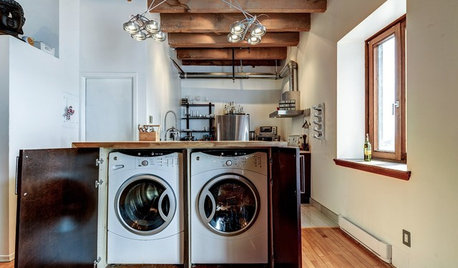
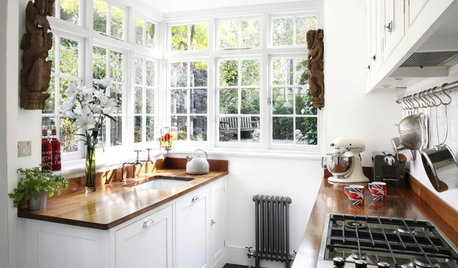
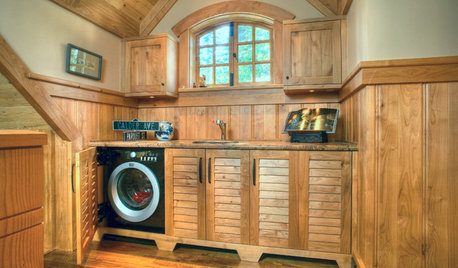

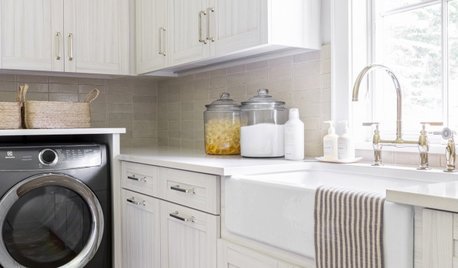
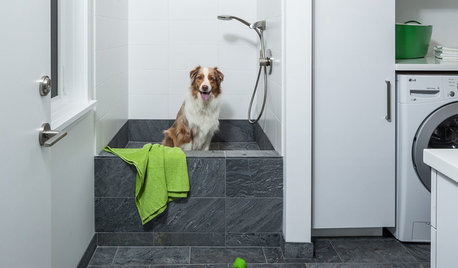
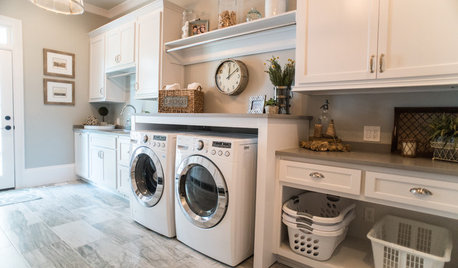


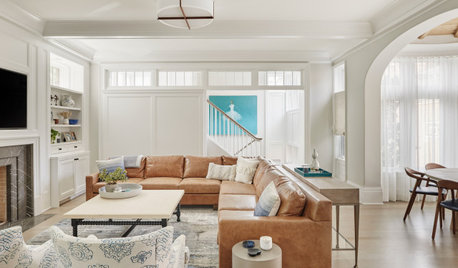



Related Discussions
What do you think of condensing dryers?
Q
What's a condenser dryer and how to clean in? (my video)
Q
Living with your Condenser Dryer :)
Q
Miele T8023C Condenser Dryer Filter/Vent Error :/
Q